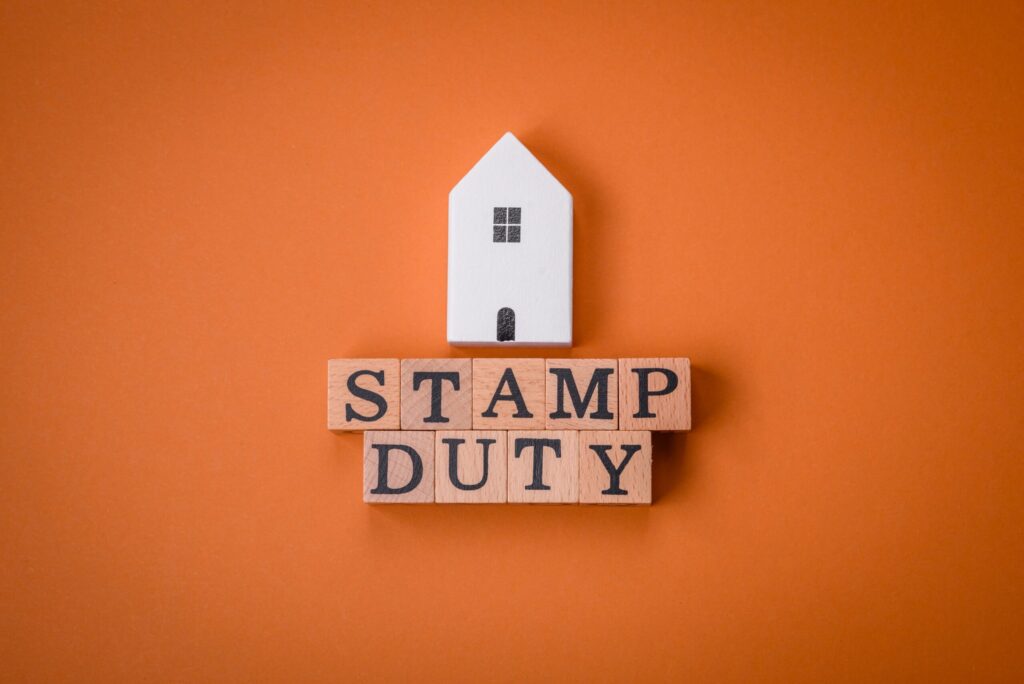Stamp duty land tax (SDLT) transaction numbers in the first three months of the year fell to their lowest level since Q2 2020, when the early onset of the pandemic stopped the market moving.
HMRC’s latest quarterly stamp duty statistics showed that, in Q1, total transactions were 18% lower than in the previous quarter and 8% down on the same period the year before.
Residential purchases, which accounted for 89% of all SDLT transactions, were 19% down on the previous quarter and mirrored activity in the wider market when comparing figures annually.
Those purchases liable to pay the tax, if the price paid is £250,000 or more, fell from 127,400 to 101,600 between Q4 2023 and Q1 2024, while those not liable for a stamp duty bill because they fall under the threshold fell from 110,300 to 90,900 over the same period.
Residential receipts, at £1,740m in Q1 2024, were also down quarter-on-quarter and compared to the previous year, with falls of 27% and 13% recorded by HMRC respectively.
First-time buyers claims less relief
The thresholds for first-time buyer relief were temporarily increased on 23 September 2022 so that, on transactions of £625,000 or less, there’s no stamp duty payable for properties valued at £425,000 or less.
Like other stamp duty transactions, claims for first-time buyer relief also fell. Between Q4 2023 and Q1 2024, a 19% drop in claims was recorded from 31,100 to 24,300, while they fell 2% year-on-year. Relief of £120m was claimed, representing an 18% quarter-on-quarter decrease.
Additional dwellings surcharge
Some 43,800 property purchases were liable to pay the 3% higher rate of stamp duty, which is charged on the purchase of a second home or additional residential properties.
This was down 26% on the previous quarter and 12% lower year-on-year. More than £340m was generated from the 3% surcharge.
Last month, HMRC reported that stamp duty tax intake fell to £771m in February.





